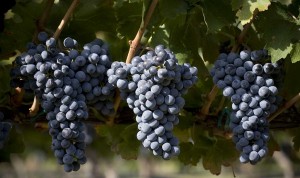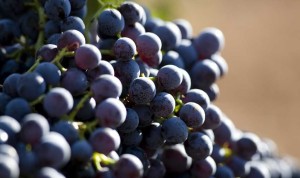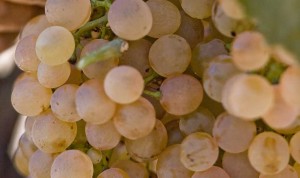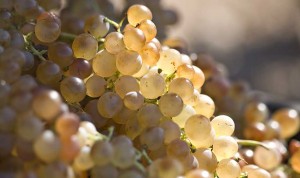
Eight hundred hectares of vineyards, located in one of Sardinia’s most viticulturally suitable and appreciated areas.
Gentle hills and plains overlooking the sea welcome the vineyards of the Santa Maria La Palma winery, in an area with optimal soil and climate characteristics.
It is here that the mild temperatures and exposure to winds from the coast have created an environment favourable to the production of quality wines, a strong expression of their terroir.

The types of grapes grown mainly on the winery’s estates are: Vermentino di Sardegna DOC, Cannonau di Sardegna DOC, Cagnulari Alghero DOC and Monica di Sardegna DOC. They are joined by other prestigious international grape varieties, such as Chardonnay and Sauvignon Blanc.
Vermentino di Sardegna is the most important grape variety for the company and accounts for about 60 per cent of total production. These numbers make Cantina Santa Maria La Palma the largest producer of Vermentino di Sardegna grapes in Italy.
Each vineyard has its own particular position and exposure: elements that, combined with the special composition of the soil, make up a terroir with precise characteristics, which the winery can evaluate in order to choose which type of vine is best suited in that particular context.
The plurality of available soils is thus an important advantage: each specific soil is matched with the most suitable grape variety, ready to give its best in that particular area.
In this way, each member of the winery has been able to choose from the outset the most suitable cultivars for the peculiarities of his or her own farm.
Today we know the history of each of those grapes, and we know how to take care of them so that they continue to produce the best grapes.
Immersed in this unique microclimate, the Cantina has given space to traditional Sardinian grape varieties, soon discovering in Vermentino, Cagnulari and Cannonau the most important indigenous crops for its own production.
Complementary souls of the same land, from which wines are born that are appreciated all over the world for the strong identity of their structure.
Origin
The origins of Vermentino are not entirely certain, but traces of its cultivation dating from the 14th century have been found on the island of Corsica and in the Liguria region of Italy, meaning that it probably came from the Iberian peninsula. It appeared in Sardinia in the late 19th/early 20th century, being planted first in the north-east before becoming popular all over the island.
Main characteristics
It is a typical coastal wine, giving of its best when cultivated close to the sea.
Organoleptic qualities
Delicately perfumed, smooth, dry and slightly bitter. Like fortified wines,
Vermentino it is laced with subtle hints of apple.
Origin
Cannonau is believed to have been imported to Sardinia during the period of Spanish domination (from the 12th century to 18th). The first reference to a wine with a name resembling Cannonau dates from 1612 and concerns a Sardinian wine sent to King Filippo I. Cannonau is the most widely cultivated red grape in Sardinia and the wine named after it is redolent of the ancient traditions of the island.
Main characteristics
The Cannonau grape adapts remarkably well to its environment, expressing itself fully whether it is cultivated in hilly areas with dry, gravelly soils or in clayey coastal soils that are well-exposed and well-ventilated.
Organoleptic qualities
The wine is well-structured and is highly reminiscent of fresh red berry fruit.
In the riserva version, jammy notes and hints of spice come to the fore.
Origin
As with other grape types, it is believed that Cagnulari’s arrival in Sardinia occurred during the period of Spanish domination. It is grown only in a very small area in the north-eastern part of the island, where it expresses its character most fully.
Main characteristics
This is a very demanding vine that is difficult to grow and requires special cultivation techniques. It gives of its best in loose soils of alluvial origin located close to the sea.
Organoleptic qualities
Deep red in colour, with a delicate aroma of spicy, balsamic notes. On the palate, it is clean and delicately smooth.
Origin
The cultivation of the Monica grape dates back to the 11th century, when Camaldolite monks started to grow it around their monasteries. It is found throughout the island, nowhere more so than in the province of Sassari.
Main characteristics
Monica prefers warm climes and deep, chalky, silicious soils that are not overly damp or fertile.
Organoleptic qualities
Ruby red in colour, on the palate Monica is velvety and lightly acidic, offering up aromas of blackberry and cherry that, with ageing, reveal subtle spicy notes.








